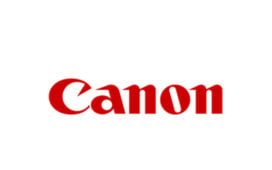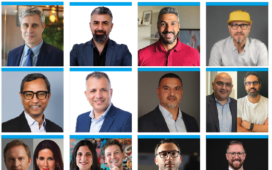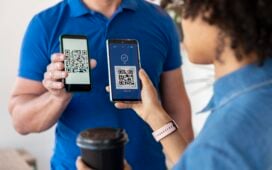My choice of hotels is influenced by several factors: loyalty programme generosity, staff friendliness, cleanliness, convenience and price.
This time my experience was taken to a whole new level! I was prompted to download the hotel’s mobile app; I hesitated at the beginning not wanting to go through another app fatigue, and to avoid being bombarded with promotions and notifications.
That day, and 12 hrs before my arrival time, I received a notification on my newly downloaded app, “Dear Rabih, as an Elite customer you can now check in your room and get your digital key card without going through the front office”. I rushed to check in and get hold of my digital access card.
Next
To continue reading this article you need to be registered with Campaign. Registration is free and only takes a minute. Register Now or sign in below if you already have an account.









